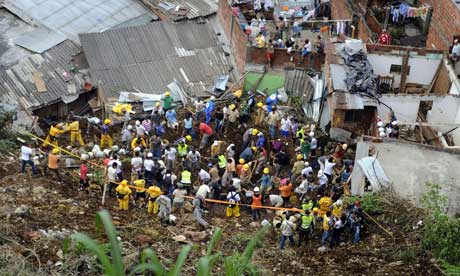
More than 18,000 lives may have been lost during typhoon “Yolanda,” according to forensic pathologist Raquel Fortun of the University of the Philippines Manila.
“The casualties could surpass that of Fukushima which claimed 18,000 lives,” she said.
“Yolanda claimed over 18,000, probably tens of thousands,” she told Malaya Business Insight. “That’s my gut feeling.”
The victims “may have died in whole families, meaning, nobody was left to report the missing and the dead,” she said in a scientific conference on emergency health management convened by the Philippine Council for Health Research and Development, Department of Science and Technology.
The running official record stands at some 6,200 dead and at least 1,000 missing. The toll could surpass that from the magnitude 9 earthquake off Fukushima in Japan in March 2011, which claimed some 18,000 lives.
“If you ask me, Yolanda claimed more,” Fortun said. “In disasters, you can’t recover all.”
Fortun was in Tacloban when the typhoon hit in November last year. She brought what order she could in the identification and proper burial of fatalities.
As a forensic pathologist, Fortun is a medical doctor trained to perform autopsies and postmortem examinations to determine cause of death.
Fortun knows what she speaks of. She was at the Ozone Disco Club in Quezon City after it was razed by fire before midnight in March 1996. The fire claimed at least 162 lives, the worst fire in Philippine history and among the 10 worst nightclub fires in the world.
Fortun was also at an orphanage in Manila after it was hit by a fire in December 1998, killing 29 children. And she was in Payatas, Quezon City, in July 2000 shortly after a mountain of trash buried more than 300 people alive in a landslide.
So, has forensic pathology improved since? “Yes, we now have body bags; that’s about it,” Fortun said.
In Yolanda’s wake, the problems were just too “enormous” in the confusion that followed. Fortun was able to bring some order to the burial of body bags so that, when future identification is required, individual graves can be traced.
In Tacloban, together with a physician and three morticians, Fortun opened body bags one by one, systematically tagging them. It was Day 2 and decomposition was starting.
“I don’t think there was a systematic gathering of the dead, they were picking up bodies as they found them,” she said.
She showed photos to physicians who attended her lecture on disaster victim identification. “Remember, this is minus the stench.”
EVERYTHING EXCEPT AN ID
She said there were a lot of wallets containing money, SIM cards and many other things – except identification cards. “If you’re anticipating a disaster, carry an ID.” Her team found a lot of cellphones and these will be useful as they can be traced, she said.
And “the bodies kept coming,” said Fortun as she gave an overview of where current forensic science is. “The Philippines has no death investigation system,” she said simply.
That’s the bad news, she said. The good news was, “we knew Yolanda was coming. I was already counting bodies in my mind,” she said. “And we can now do DNA identification.”
“In a disaster, it’s critical that you have pre-planning. You must have provisions for the collection, accommodation, examination and disposal of the dead in large numbers,” she said.
Mass disaster management is a health issue, she said, and should be handled by the Department of Health and not by the National Bureau of Investigation or the police.
‘PROPER CLOSURE’
The number one forensic issue is the identification of the victims, she said, and law enforcers do not have the capability to establish the fact of death, identify the deceased, and determine the cause and manner of death. “They are not capable of handling mass identification.”
She said it is necessary to investigate deaths so that victims are declared legally dead and bodies officially released. This way, the surviving spouse, for example, can remarry or heirs can get the inheritance. And if the deceased has a criminal case, it becomes moot and academic.
“It is most important that DNA analysis provides proper closure for relatives of the dead, especially when emotions are high as in disasters,” said Dr. Maria Corazon A. De Ungria who heads the DNA Analysis Laboratory at the Natural Sciences Research Institute, UP Diliman.
The PCHRD is funding the laboratory’s two-year study – “Human DNA Forensic Analysis Procedures for Human Remains Identification” – that started January last year. Another two-year research funded by the PCHRD is the Human DNA Forensics Program to develop DNA procedures that would be useful in the formulation of a national forensics strategy.
Sunday 16 March 2014
http://www.malaya.com.ph/business-news/news/forensics-expert-says-yolanda-death-toll-could-reach-18000





